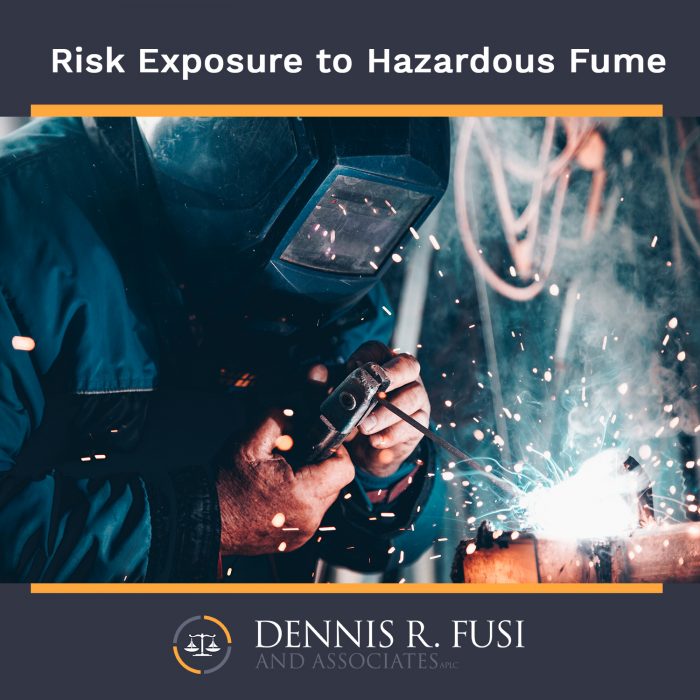Welding is a common trade and is an important element in many industries. Welding is the process of joining two pieces of metal or structure together. The two pieces are joined using a filler metal. There are two types of welding – fusion and pressure welding. Fusion welding uses heat, and pressure welding uses heat and pressure. No matter which type of welding you are doing, the process produces smoke, which can contain hazardous fumes.
Why are Welding Fumes Hazardous?
Welding fumes are hazardous because of the ingredients, or gas byproducts. Metals and substances often emitted in welding fumes include:
- Argon
- Arsenic
- Aluminum
- Beryllium
- Lead
- Nitrogen
- Carbon Monoxide
- Hydrogen Fluoride
The smoke and fumes that contain tiny particles of these substances can be harmful if they are inhaled.
Injuries Caused by Welding Fumes
Exposure to welding fumes can lead to the following injuries or illness:
Short-Term Exposure:
- Dizziness
- Nausea
- Eye Irritation
- Throat or Lung Irritation
Prolonged Exposure:
- Brain Damage
- Lung Cancer
- Nervous System Damage
- Kidney Damage
- Suffocation Risk
Reduce the Risk of Exposure to Welding Fumes
Fortunately, these injuries and illnesses can be avoided if employers and workers follow proper safety procedures. The Occupational Safety and Health Administration (OSHA) recommends the following:
- Welders should use proper safety gear, including a respirator and face mask in order to avoid exposure to toxic fumes.
- Areas, where welding occurs, should be well-ventilated.
- Exhaust systems should be used when possible.
- Welding surfaces should be cleaned before welding.
Sources:
https://www.osha.gov/Publications/OSHA_FS-3647_Welding.pdf
https://www.safetyandhealthmagazine.com/articles/14291-welding-fume-haz



